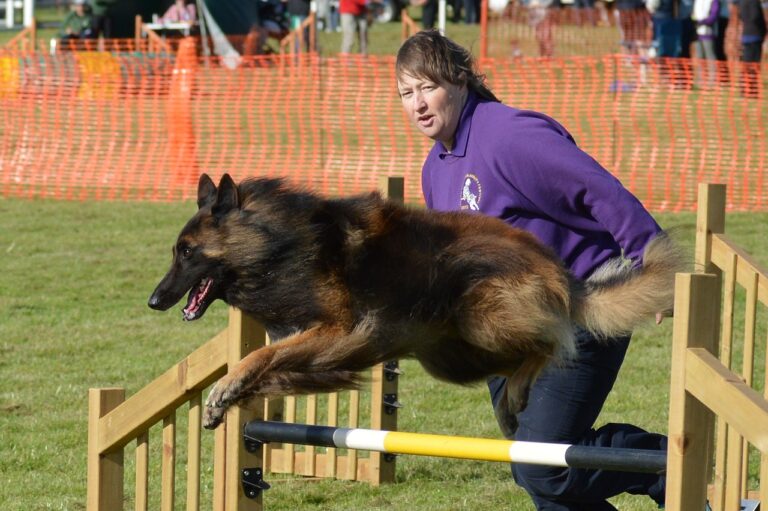Dislocated Kneecap Specialist: Comprehensive Care for Optimal Recovery
A dislocated kneecap, medically known as patellar dislocation, is a painful condition that occurs when the kneecap (patella) slips out of its normal position in the groove of the thigh bone. This injury is common in athletes but can also occur during everyday activities. For individuals suffering from this condition, seeking a specialist is crucial for effective treatment and recovery.
Understanding Patellar Dislocation
What Is a Dislocated Kneecap?
A dislocated kneecap typically results from a sudden change in direction, a fall, or a direct blow to the knee. The patella is a small, flat bone that protects the knee joint and enhances its movement. When dislocated, it can cause severe pain, swelling, and difficulty in moving the knee. The instability of the kneecap can lead to repeated dislocations if not properly treated.
Symptoms of a Dislocated Kneecap
Recognizing the symptoms of a dislocated kneecap is essential for timely treatment. Key symptoms include:
- Severe Pain: The pain is often immediate and intense, especially when attempting to move the knee.
- Swelling and Bruising: Swelling may develop around the knee joint shortly after the injury, accompanied by bruising.
- Visible Deformity: The kneecap may appear out of place, either shifted to the side or not aligned with the knee joint.
- Inability to Move the Knee: Many individuals find it difficult to bend or straighten the knee after a dislocation.
Why See a Specialist?
Expert Diagnosis and Treatment Options
Consulting a dislocated kneecap specialist is crucial for a proper diagnosis and an effective treatment plan. Specialists are equipped with the knowledge and tools necessary to evaluate the extent of the injury accurately. They often utilize advanced imaging techniques, such as MRI or X-rays, to assess any damage to surrounding tissues, including ligaments and cartilage.
Tailored Treatment Plans
Upon diagnosis, a specialist will create a tailored treatment plan based on the severity of the dislocation and the patient’s overall health. Treatment options typically include:
- Reduction: This procedure involves gently manipulating the kneecap back into its original position, often done under local or general anesthesia.
- Immobilization: After reduction, the knee may be immobilized with a brace or splint to allow healing and prevent further dislocation.
- Physical Therapy: A critical component of recovery, physical therapy helps restore strength, flexibility, and stability to the knee joint.
Rehabilitation After a Dislocated Kneecap
Importance of Rehabilitation
Rehabilitation is a vital step in the recovery process. A dislocated kneecap specialist will often refer patients to a physical therapist who specializes in knee injuries. The rehabilitation process may include:
- Strengthening Exercises: Targeting the muscles around the knee and thigh to support the joint and improve stability.
- Range of Motion Activities: These exercises help regain full motion in the knee and prevent stiffness.
- Balance and Proprioception Training: Focusing on improving coordination and balance to reduce the risk of future injuries.
Return to Activities
Determining when to return to sports or physical activities is a critical decision that requires the expertise of a specialist. Factors influencing this decision include:
- Healing Progress: Each individual’s healing timeline may vary, necessitating ongoing assessments by the specialist.
- Strength and Stability: A thorough evaluation of muscle strength and joint stability is crucial before resuming activities.
- Risk of Re-Injury: The specialist will assess the likelihood of re-dislocation, providing guidance on preventative measures.
Preventing Future Dislocations
Strengthening and Conditioning
Preventing future dislocations involves a commitment to ongoing strengthening and conditioning. Individuals should focus on:
- Strengthening the Quadriceps and Hamstrings: Strong muscles support the knee joint and enhance its stability.
- Flexibility Training: Stretching exercises can help maintain flexibility in the muscles and ligaments surrounding the knee.
- Proprioceptive Exercises: Training the body’s awareness of joint positioning can significantly reduce the risk of re-injury.
Footwear and Equipment
Wearing appropriate footwear and using protective equipment during sports activities can also play a significant role in injury prevention. A specialist can provide advice on suitable gear that offers maximum support and protection for the knees.
When to Seek Immediate Medical Attention
Certain symptoms may indicate the need for immediate medical care. Individuals should seek help if they experience:
- Increased Pain or Swelling: If the pain becomes unbearable or the swelling worsens, it’s essential to consult a specialist.
- Numbness or Tingling: These sensations may indicate nerve involvement, requiring urgent evaluation.
- Inability to Move the Knee Joint: If movement does not improve or worsens after initial treatment, a specialist’s assessment is crucial.
Conclusion
A dislocated kneecap can be a daunting injury, but with the right care and expert guidance from a specialist, individuals can look forward to a full recovery. Early diagnosis, tailored treatment plans, and dedicated rehabilitation are essential components of effective management. By following preventative strategies and seeking immediate medical attention when necessary, individuals can reduce the risk of future injuries and return to their daily activities with confidence.
For those experiencing the symptoms of a dislocated kneecap, consulting with a dislocated kneecap specialist is the first step towards regaining mobility and enhancing overall knee health. Emphasizing a proactive approach to treatment and recovery will pave the way for a stronger, more resilient future.






